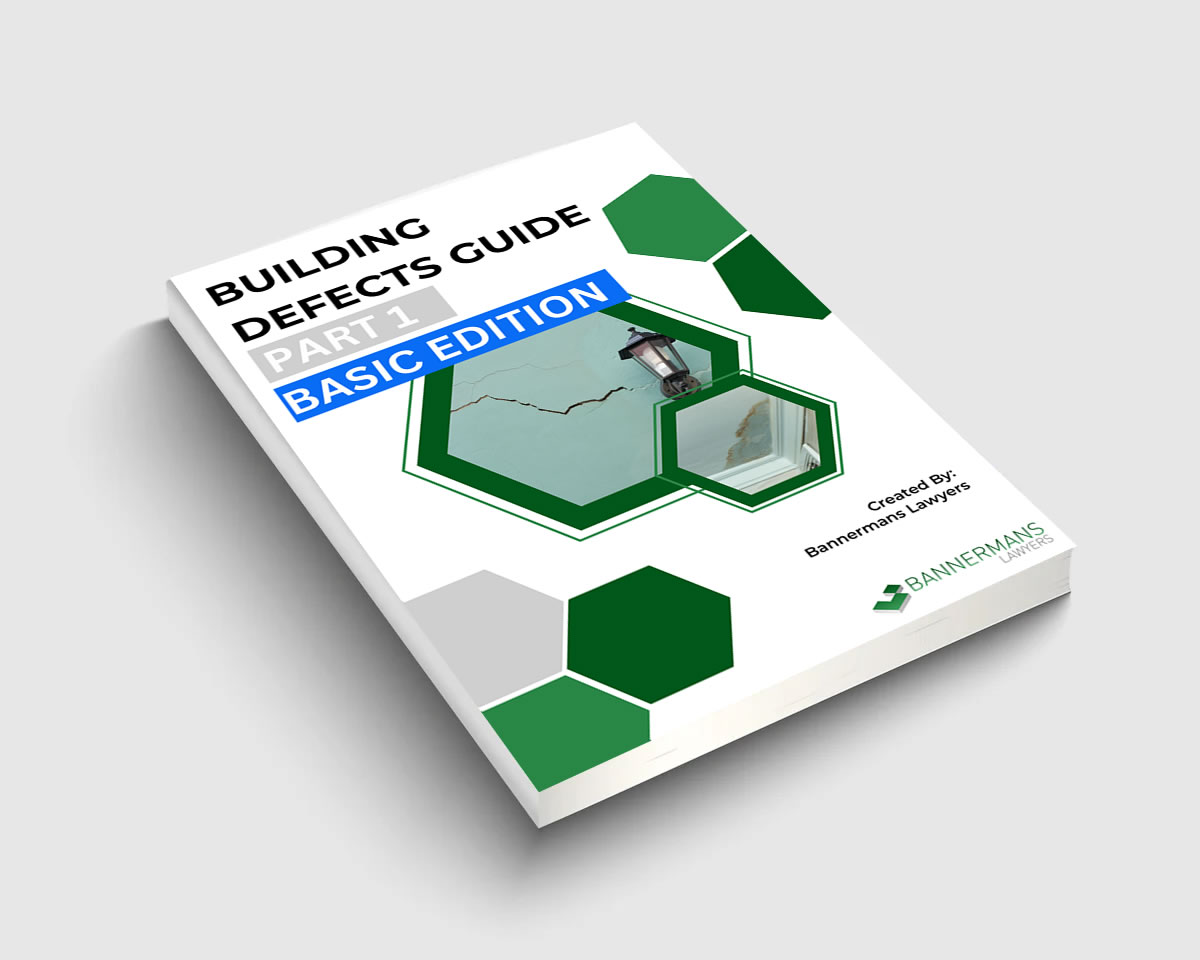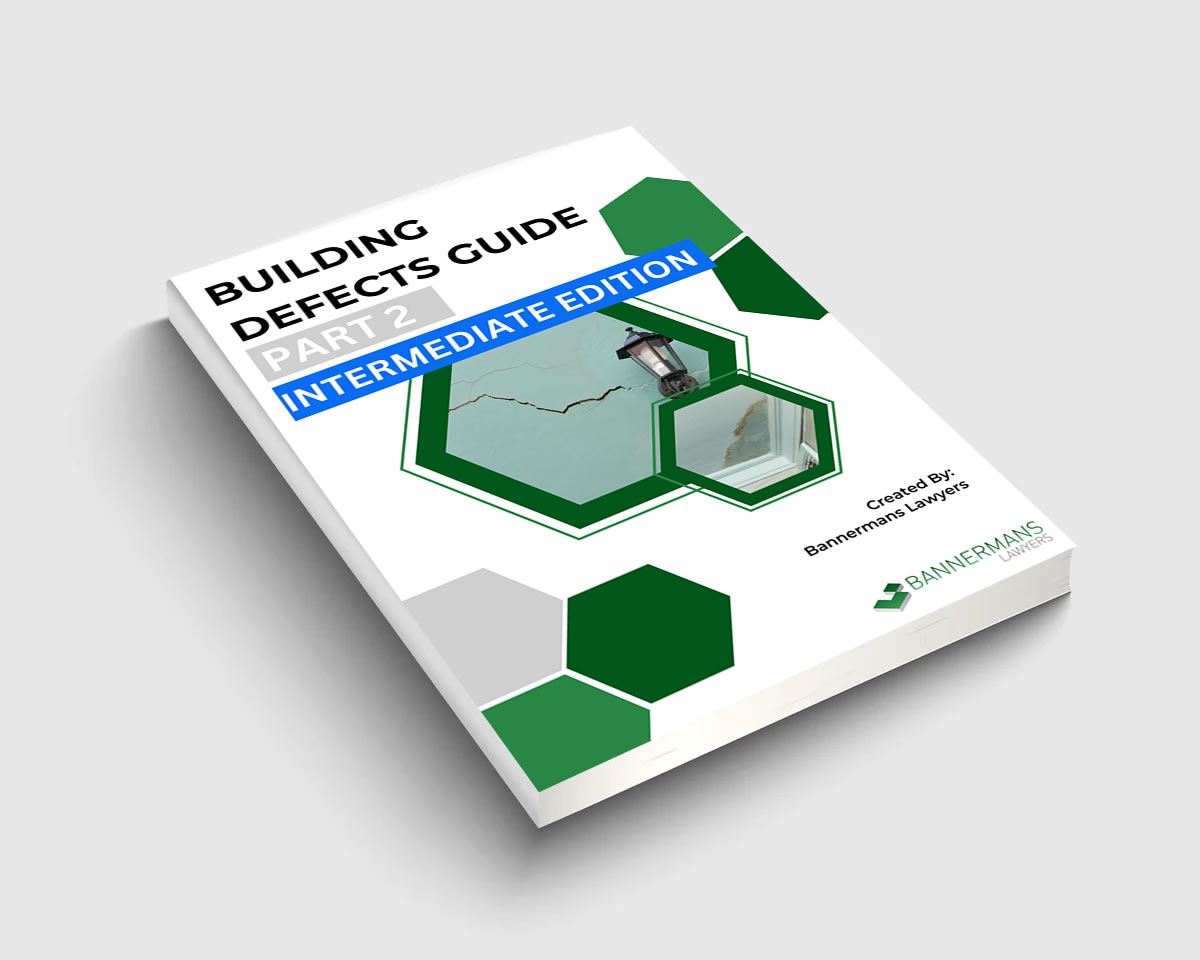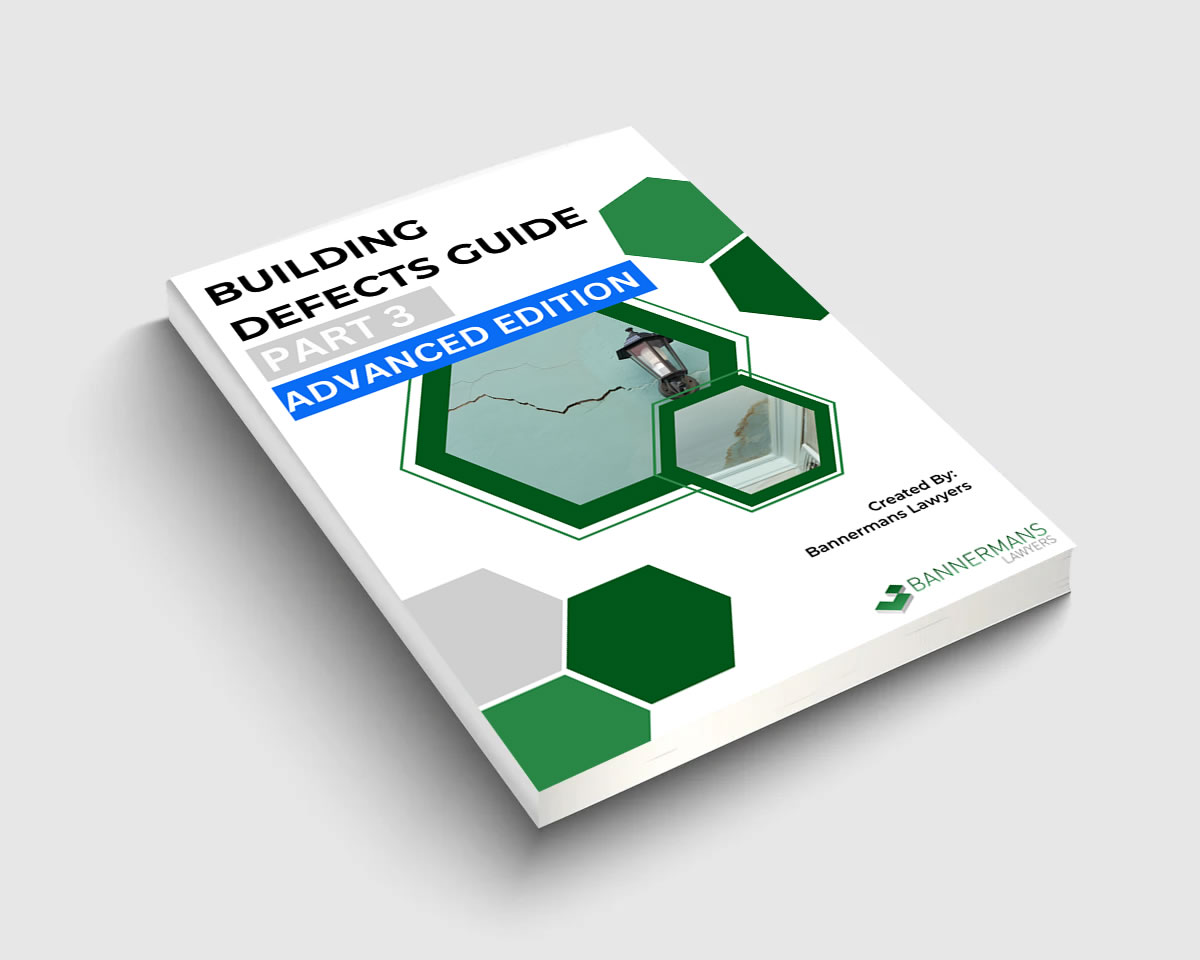Navigating Building Defects...
If you're navigating the complex world of building defects, Bannermans Lawyers provides the legal tools and guidance you need to protect your interests. Whether it's structural defects, water damage, roof leaks, damp, cracks or more serious issues like concrete cancer or building settlement, we help you understand your rights and responsibilities.
Our team can assist in reviewing defects reports, advising on building inspections and explaining your entitlements under the Home Building Act 1989, Design and Building Practitioners Act (D&BP Act), and the Home Building Compensation Fund (HBCF). We regularly work with strata managers and owners to interpret statutory warranty periods, assess liability, and prepare for NCAT or other tribunal proceedings.
We also offer legal guidance for dealing with builder insolvency, accessing home warranty insurance and pursuing claims involving leaky buildings, cracked tiles, planter boxes and failed retaining walls. Bannermans can advise on your options for rectification, help you respond to Declared Designs requirements and clarify your obligations under initiatives like Project Remediate and Project Intervene. From preparing expert evidence to supporting dispute resolution processes, we empower our clients with a clear understanding of legal procedures, risks and solutions—whether it’s related to fire safety, waterproofing, water ingress or broader compliance matters linked to your building bond and development.
Bannermans Lawyers understands the frustrations and concerns when owners discover building defects.
With our team of knowledgeable experts, we help all types of properties, from multi storey unit blocks to free standing homes.
Our goal is always to resolve your defects in a timely and cost-effective manner. These include:
- Resolving and managing building defect claims, including complaints and Tribunal and Court proceedings
- Assisting with alternative disputes resolution mechanisms
- Providing advice on applicable statutory warranty periods
- Dealing with Home Warranty Insurance claims
- Home Building Act 1989 advice
- Building contracts and tenders
- Commercial arbitration
- Expert determination
- Council orders
- Drafting remedial works contracts
- 10-year retrospective right advice
- Building bond advice
- Cladding defect advice















